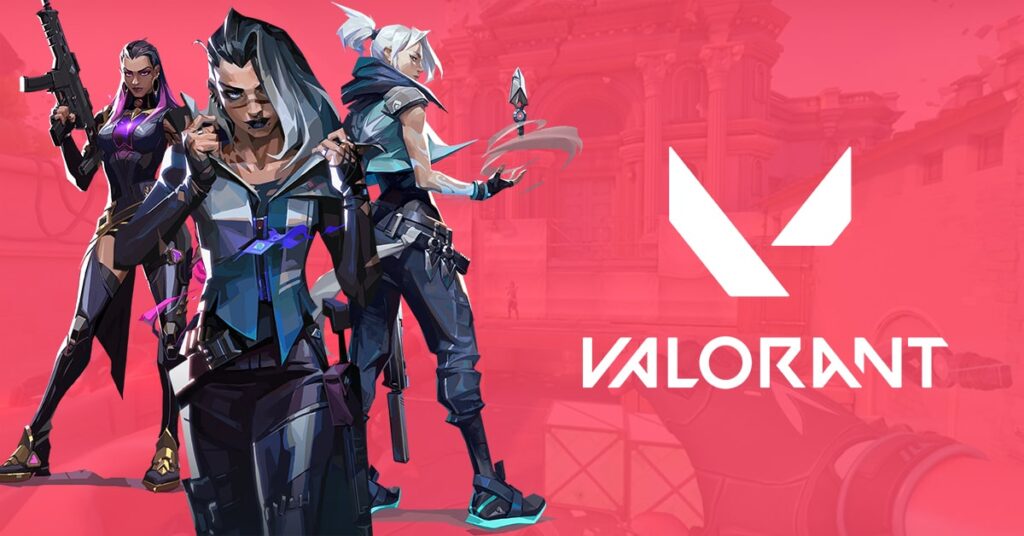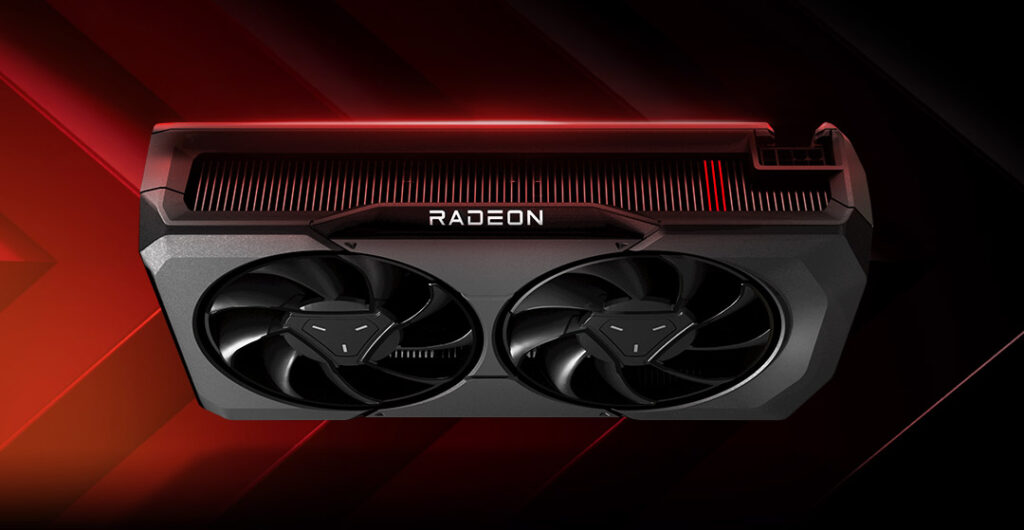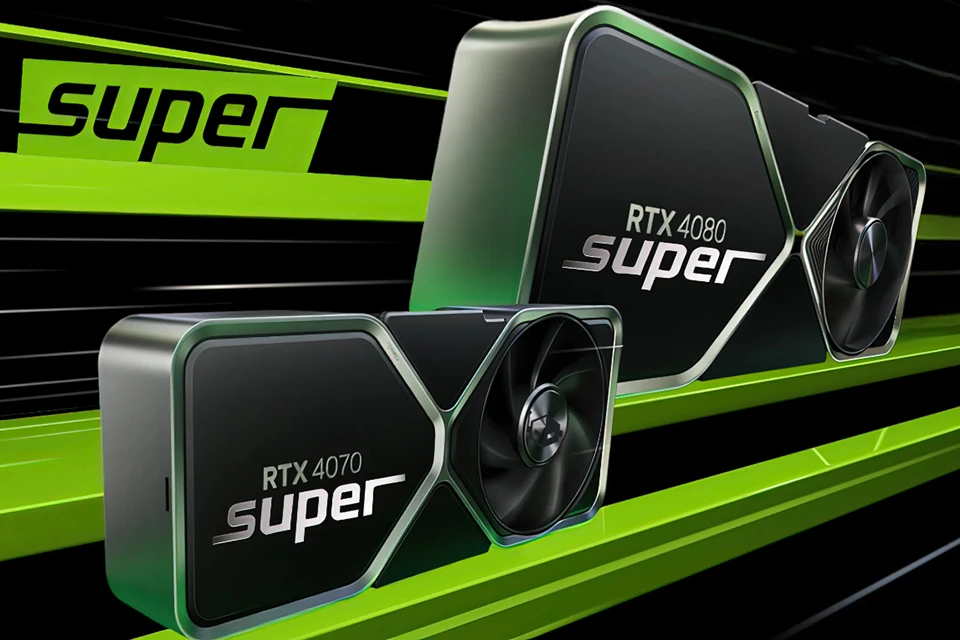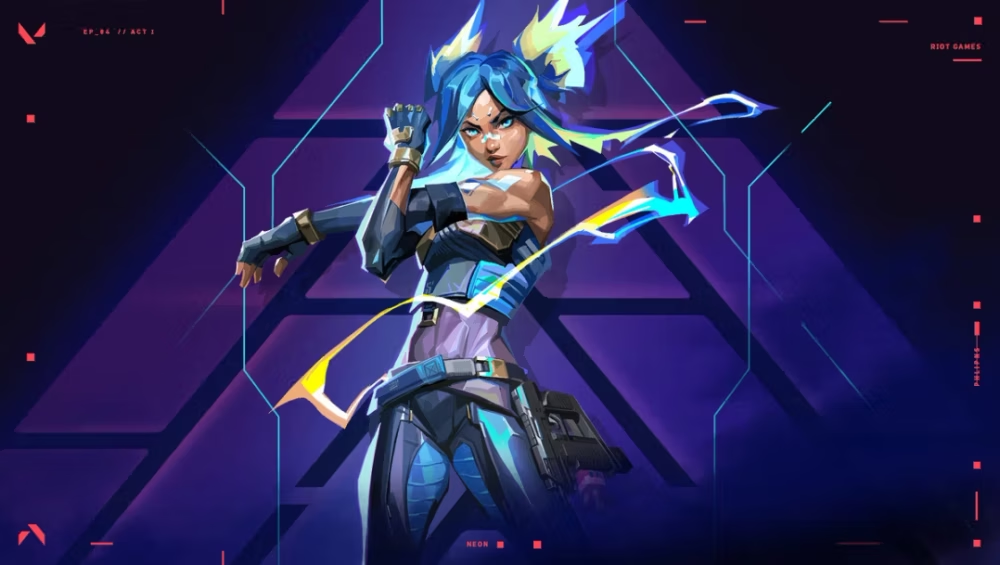Valorant, Riot Games’ fast-paced esports title, demands a GPU that delivers high FPS for smooth, competitive gameplay. In 2025, technologies like DLSS 3 and FSR ensure top performance on high-refresh-rate monitors. This article highlights the top 3 GPUs for Valorant, from budget to premium, catering to various needs and budgets. Read on to find the perfect GPU for dominating in Valorant!
System Requirements for Valorant

To choose the right GPU for Valorant, understanding its system requirements is key:
Minimum Requirements: Valorant is lightweight, running on GPUs like Intel HD 3000 for 30 FPS at 1080p, suitable for casual play but not competitive gaming.
Recommended Requirements: A GPU like the GeForce GT 730 achieves 60 FPS at 1080p, adequate for basic gameplay.
Competitive Requirements: For 144+ FPS at 1080p or 1440p on 144Hz, 240Hz, or 360Hz monitors, a modern GPU like the NVIDIA RTX 3060 or better is essential. High FPS reduces input lag, crucial for precise aim and quick reactions in ranked matches.
Valorant prioritizes high frame rates over graphical intensity, as its low visual demands don’t require heavy VRAM or ray tracing. A GPU with strong single-core performance and support for high-refresh-rate monitors is ideal for esports dominance.
Top 3 GPUs for Valorant in 2025
Here are the 3 best GPUs for Valorant in 2025, selected for performance, price, and compatibility, with reasons why each is chosen and why not others:
NVIDIA GeForce RTX 4060 Ti – Best Budget Choice for Valorant

Priced at around $399, the NVIDIA GeForce RTX 4060 Ti is a stellar mid-range GPU for Valorant at 1080p and 1440p. With DLSS 3, it delivers buttery-smooth frame rates for competitive play.
Specifications:
Architecture: Ada Lovelace, 5nm process
CUDA Cores: 4,352
VRAM: 8GB GDDR6, 128-bit bus, 18 Gbps speed
Clock Speed: Base 2.31 GHz, Boost 2.54 GHz
TDP: 160W
Technologies: DLSS 3, Ray Tracing, NVENC
Recommended PSU: 450W
Performance:
Valorant: Achieves 200+ FPS at 1080p and 180+ FPS at 1440p, supporting 144Hz/240Hz monitors. DLSS 3 ensures consistent frame rates, minimizing stutters in intense matches.
Why Choose RTX 4060 Ti?: This GPU is perfect for budget-conscious Valorant players targeting 1080p or 1440p with high FPS. Its low power draw (160W) and affordable $399 price make it accessible for most gaming setups. Compared to the RX 7800 XT, it’s cheaper and more than sufficient for Valorant’s low graphical demands. Against the RTX 4070 Ti, it offers similar 1080p performance at nearly half the cost, ideal for esports-focused gamers.
AMD Radeon RX 7800 XT – Great Value for High-Refresh-Rate Valorant

At around $499, the AMD Radeon RX 7800 XT offers excellent value for Valorant players aiming for 1440p on high-refresh-rate monitors. Its large VRAM and FSR provide robust performance.
Specifications:
Architecture: RDNA 3, 5nm process
Compute Units: 60
VRAM: 16GB GDDR6, 256-bit bus, 19.5 Gbps speed
Clock Speed: Base 2.12 GHz, Boost 2.43 GHz
TDP: 263W
Technologies: FSR 3, 64MB Infinity Cache
Recommended PSU: 600W
Performance:
Valorant: Delivers 240+ FPS at 1080p and 200+ FPS at 1440p, ideal for 240Hz+ monitors. FSR 3 ensures smooth gameplay, even during chaotic team fights.
Why Choose RX 7800 XT?: This GPU is ideal for Valorant players wanting 1440p on 240Hz+ monitors with future-proofing for other games. Its 16GB VRAM, while overkill for Valorant, ensures versatility for graphically demanding titles. Compared to the RTX 4060 Ti, it offers slightly higher FPS at 1440p and better value than the RTX 4070 Ti for high-resolution esports setups
NVIDIA GeForce RTX 4070 Ti – Premium Choice for 1440p and 4K

Priced at around $799, the NVIDIA GeForce RTX 4070 Ti is a high-end GPU for Valorant players chasing maximum FPS on premium setups. With DLSS 3 and NVENC, it’s perfect for competitive play and streaming.
Specifications:
Architecture: Ada Lovelace, 5nm process
CUDA Cores: 7,680
VRAM: 12GB GDDR6X, 192-bit bus, 21 Gbps speed
Clock Speed: Base 2.31 GHz, Boost 2.61 GHz
TDP: 285W
Technologies: DLSS 3, Ray Tracing, NVENC
Recommended PSU: 650W
Performance:
Valorant: Hits 360 FPS at 1440p and 400+ FPS at 1080p, ideal for 360Hz monitors used by professional players. NVENC ensures smooth streaming without FPS drops.
Why Choose RTX 4070 Ti?: This GPU is for elite Valorant players or streamers using 1440p/360Hz monitors. Its superior CUDA core count and DLSS 3 deliver unmatched FPS and stability. Compared to the RTX 4060 Ti and RX 7800 XT, it offers higher FPS for top-tier monitors and better streaming performance, crucial for competitive players who multitask.
NVIDIA vs. AMD: Which is the best choice for Valorant?

NVIDIA and AMD both offer strong GPUs for Valorant, with distinct advantages:
NVIDIA (RTX 4060 Ti, RTX 4070 Ti): DLSS 3 ensures ultra-smooth FPS, and NVENC excels for streaming, making these GPUs ideal for Valorant players who stream or play on high-refresh-rate monitors. However, they’re pricier than AMD options.
AMD (RX 7800 XT): FSR 3 delivers comparable smoothness, and the 16GB VRAM provides flexibility for other games. Its lower price makes it attractive for budget-conscious players targeting 1440p.
For Valorant, both brands achieve 144+ FPS, but NVIDIA’s streaming tech gives it an edge for content creators, while AMD offers better value for pure performance.
Tips for Choosing the Right GPU for Valorant
To pick the best GPU for Valorant, consider these factors:
Refresh Rate: Choose RTX 4060 Ti for 1080p (144Hz/240Hz), RX 7800 XT for 1440p (240Hz+), or RTX 4070 Ti for 1440p (360Hz). Match your GPU to your monitor’s refresh rate.
System Compatibility: Ensure your PSU supports the GPU (450W for RTX 4060 Ti, 600W for RX 7800 XT, 650W for RTX 4070 Ti) and check case size for fit.
Software Optimization: Use NVIDIA Control Panel or AMD Adrenalin to lower latency and boost FPS by tweaking settings like Low Latency Mode for Valorant.
These tips help you select a GPU that maximizes your competitive edge in Valorant.
Conclusion – Which GPU Suits You?
Ultimately, both GPUs offer excellent performance for smooth Valorant gameplay at 1080p and 1440p. The key is to choose a graphics card that aligns with your gaming goals — whether it’s achieving high FPS in competitive matches, livestreaming, or creating highlight videos.
If you’re looking to explore the latest gaming trends or join a trusted and dynamic e-commerce platform built for gamers, check out PlaySwap — a platform that provides up-to-date gaming information and serves as a reliable marketplace for gamers.






